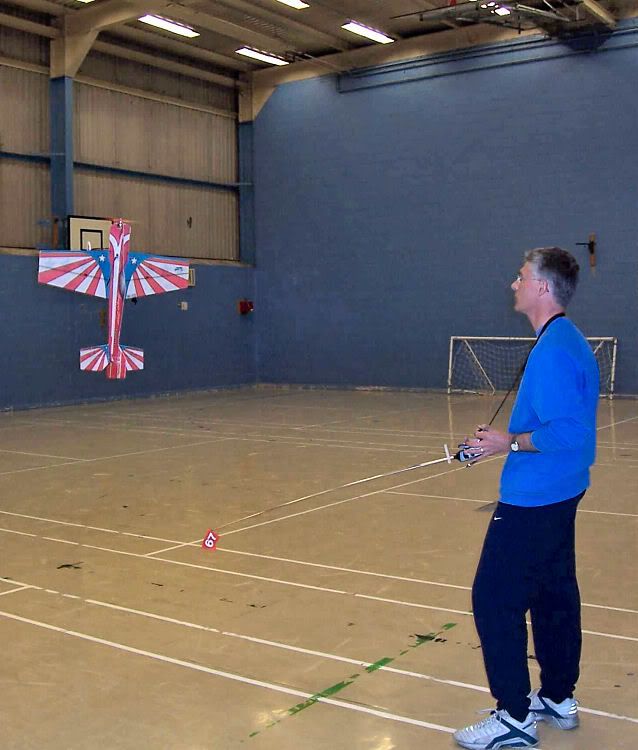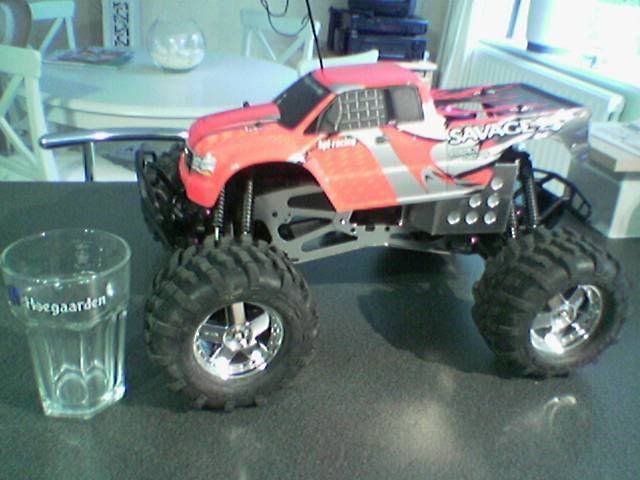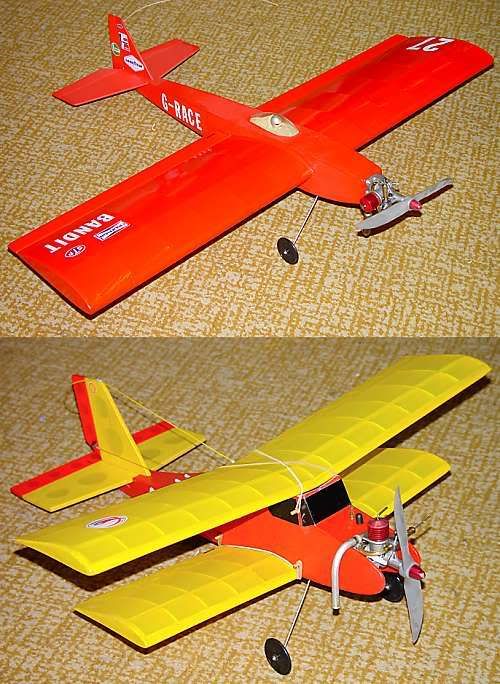Sp!ke
Administrator
My 8 year old son had his birthday yesterday and today we went out to fly his new radio controlled plane bought by his grandfather.
What a total disaster. All I can say is this thing has the aerodynamics of a house brick. Not even a whiff of being able to climb, fly or even glide, the damn thing immediately nosedived straight to the ground at a rate of knots and broke its prop.
Now this is the 5th or 6th plane he's had and we've had a modicum of success with various types so we both have some flight experience with other planes and know the do's and dont's when it comes to model aircraft. On close inspection with this one, its design is very nose heavy with barely any thrust from the prop to maintain any forward motion so it really wouldnt be able to do much else but dive in my opinion.
£100 = about two seconds 'till destruction. Poor lad is distraught and I'm pretty furious as there is no chance this house brick would ever fly.
Fit for purpose? Nope, definately not, but how does one go about taking it back for a refund when it is now destroyed. (Perhaps this is the shop keepers insurance on such things)
I'm so sure it won't fly that I'm willing to bet the shopkeeper £200 that he can't fly the same model for more than 5 seconds.
Anyone any suggestions how should I approach this, bearing in mind I don't have a receipt (but I do know where it was purchased)?
What a total disaster. All I can say is this thing has the aerodynamics of a house brick. Not even a whiff of being able to climb, fly or even glide, the damn thing immediately nosedived straight to the ground at a rate of knots and broke its prop.
Now this is the 5th or 6th plane he's had and we've had a modicum of success with various types so we both have some flight experience with other planes and know the do's and dont's when it comes to model aircraft. On close inspection with this one, its design is very nose heavy with barely any thrust from the prop to maintain any forward motion so it really wouldnt be able to do much else but dive in my opinion.
£100 = about two seconds 'till destruction. Poor lad is distraught and I'm pretty furious as there is no chance this house brick would ever fly.
Fit for purpose? Nope, definately not, but how does one go about taking it back for a refund when it is now destroyed. (Perhaps this is the shop keepers insurance on such things)
I'm so sure it won't fly that I'm willing to bet the shopkeeper £200 that he can't fly the same model for more than 5 seconds.
Anyone any suggestions how should I approach this, bearing in mind I don't have a receipt (but I do know where it was purchased)?
Last edited:



